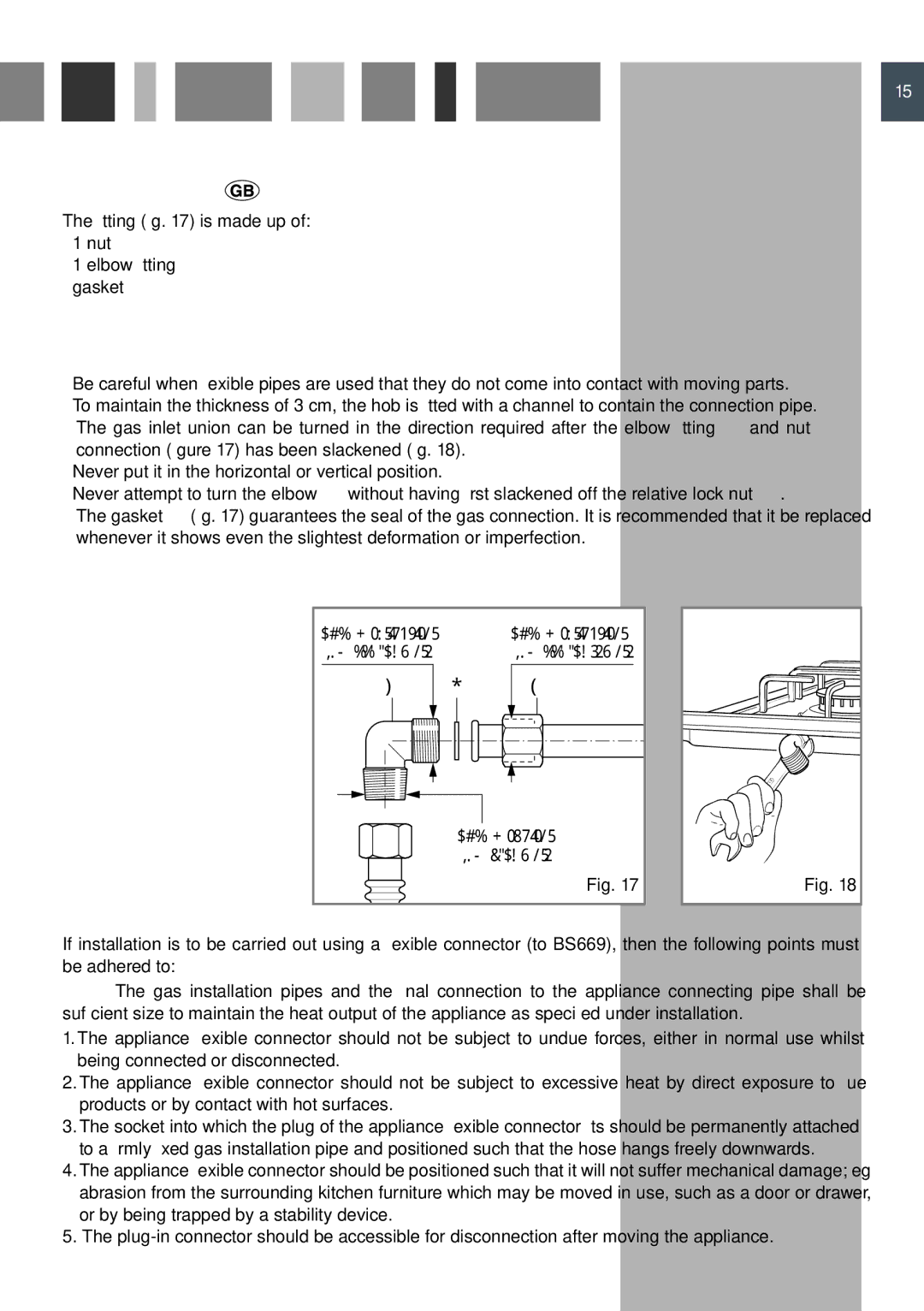HCG 931 specifications
CDA HCG 931 is a sophisticated construction and demolition waste compactor that brings innovation and efficiency to the waste management sector. With its compact design and robust features, the HCG 931 is engineered to handle a variety of waste materials, ranging from concrete and bricks to wood and metals. This machine is particularly favored in recycling operations and construction sites where space is often limited but the need for effective waste compaction remains critical.One of the standout features of the CDA HCG 931 is its impressive compaction ratio. Thanks to its advanced hydraulic system, the machine can achieve significant volume reduction, allowing operators to maximize the use of available space in waste containers. This efficiency not only increases the hauling capacity but also reduces transportation costs, making it a cost-effective solution for waste disposal.
The HCG 931 is equipped with a powerful diesel engine that provides a high level of performance, ensuring that it can tackle even the toughest waste materials. The machine's cutting-edge technology includes an intelligent control system that monitors performance metrics in real-time, allowing operators to adjust settings for optimal efficiency. The intuitive control panel is designed with usability in mind, simplifying the operation process and enabling workers to focus on the task at hand without being bogged down by complicated controls.
Durability is a key characteristic of the CDA HCG 931. Built with high-quality materials that can withstand harsh operating environments, this compactor is designed to endure the rigors of daily use on construction sites. Its reinforced chassis and heavy-duty components contribute to its reliability, reducing maintenance downtime and increasing the overall lifespan of the equipment.
Safety is also a primary concern in the design of the HCG 931. Equipped with safety features such as emergency stop buttons, overload protection, and visibility enhancements, this compactor ensures a safe working environment for all personnel involved in waste management.
In summary, the CDA HCG 931 compactor stands out due to its superior compaction capabilities, robust performance, durability, and user-friendly operation. It represents a significant advancement in waste management technology, making it an essential tool for modern construction and demolition projects. By integrating efficiency, safety, and reliability, the HCG 931 helps make waste disposal more effective and environmentally friendly.

